How to Tell If Your Beauty Products Have Gone Off
There are two types of people in the world of beauty: Those who finish products and those who don’t. I’m ashamed to say that I sit firmly in the latter category. Believe me, it’s not that I lack commitment, it’s just that because there’s such an abundance of choice, I very rarely get the chance to finish up a beauty product before it turns bad. Because, yes, our beauty products go off, just like food.
While beauty products might not turn quite as quickly as the fresh produce in your kitchen, they can start smelling odd, grow suspicious films, go a funny colour and, in extreme cases, even cause you harm. But that’s not to say such things always happen. In fact, quite often a change in smell or discolouration can be so subtle that it’s easy to overlook. Unlike makeup, which demonstrates a very clear decline in quality and output as it starts to go bad, other beauty products aren’t so obvious in their turning. In fact, with many skincare products setting us back £40+, it often proves hard to admit that a particular product has had its day.
However, there are a number of reasons that your worse-for-wear products need to be thrown out and replaced. If you’re feeling totally overwhelmed by this new information, keep scrolling for everything you need to know about how to tell if your beauty products are past it, and what to do when they are.
Use Expiry Dates as a Rough Guide
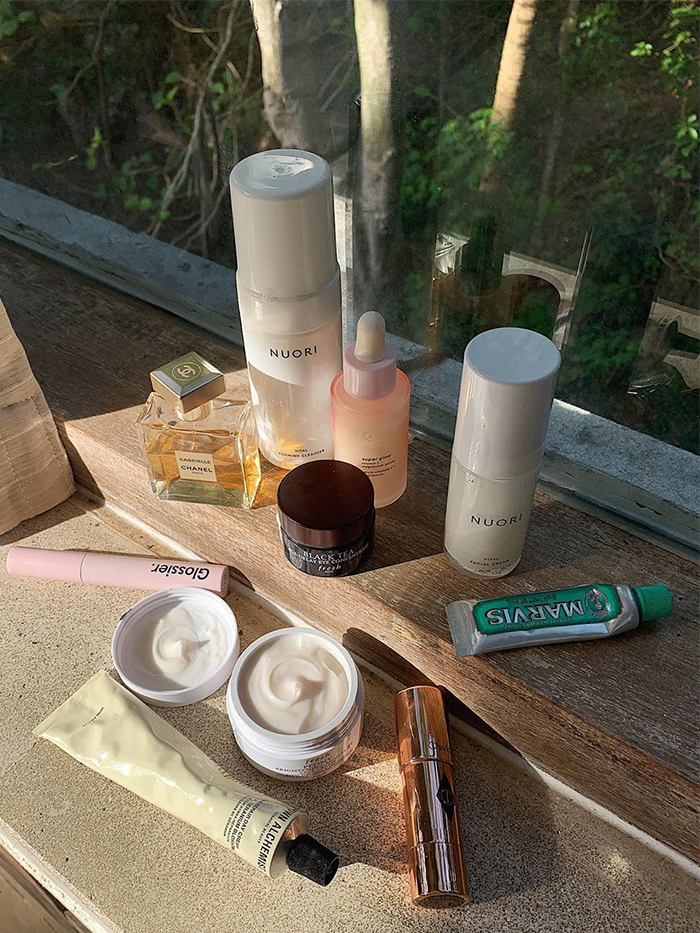
If you have ever found yourself mindlessly examining the back of your skincare bottles, you may have noticed an array of little symbols. Nestled amongst the recycling information and plastic coding, sits a very small outline of a pot with a number followed by an M inside (for example, 6M, 12M or 24M). This is your official "best before” date. Where "M” stands for months, the number indicates the amount of time your product should last from the day that it is opened.
Despite what you may have heard about the accuracy of these guides, experts advise that as a rule, it’s always wise to follow best before dates. "I would definitely say to go by best before dates. Due to high-quality products containing active ingredients, stringent checks are carried out on shelf life. These things have usually been tested multiple times,” explains Dr Benji Dhillon, cosmetic surgeon & co-founder of DEFINE Clinic.
But what exactly are we putting at risk if we choose to ignore date warnings? Well, that totally depends on what the active ingredients are. While some particular ingredients won’t cause harm if they spoil (they’ll just stop working), others risk causing issues, so it’s best to avoid altogether says Dr Dhillon. "I wouldn’t recommend using retinoid-based products past their expiry date as they may cause damage. However, other moisturisers might not come with risk of harm, but they are unlikely to have any kind of benefit,” he warns.
Even If It’s Unopened, Don’t Take the Risk

If you can’t spot a symbol on your product, it could simply just have a date stamped somewhere on the bottle or box. These dates should be taken seriously, whether opened or not. "If a product is unopened and it’s just out of date, the chances are it’s OK, but it’s not a risk I would personally take. The reason why products have a use-by date is to protect the consumer,” advises Pamela Marshall, clinical aesthetician and co-founder of Mortar & Milk.
Generally, during stability trials, any product needs to be viable for two years unopened, and around 6-12 months if opened. So why does opening a product reduce the shelf life so drastically? Marshall explains, "The risk is that you’ll be using a product that has oxidised, or potentially has bacteria growing in it. If you want to use a gone-off product, you risk declined efficacy at best and allergic reactions at worst.”
Always Check Smell and Texture
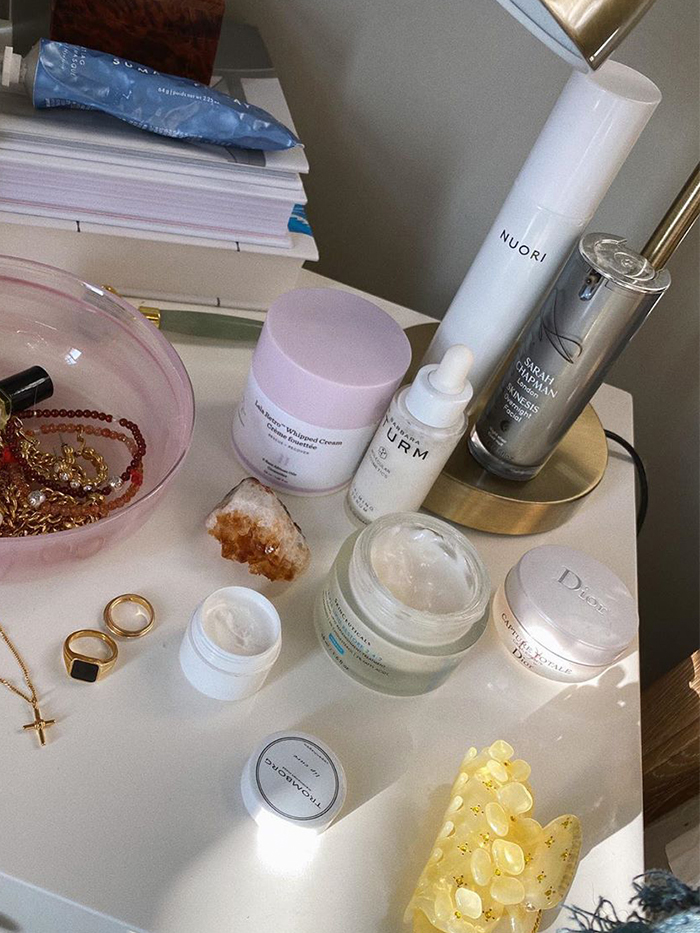
The bad news is that sometimes product can turn prematurely. And although it’s rare, it’s important to know what to look out for when it does happen. Similarly, if you have lost track of exactly when you opened something, knowing the tell-tale signs that it’s off is crucial. "Usually it’s the smell that gives it away,” says Dr Dhillon.
If you notice that your nice-smelling moisturiser is starting to smell a little odd, it’s likely a sign that it’s starting to turn. However, the minute the smell turns bad, you know it’s time to chuck it. "I look for a few things to determine if a product has gone off,” explains Marshall. "A rancid odour, ingredient separation, discolouration and a hardening around the edges of a pot are all bad signs.”
Keep an Eye On SPF
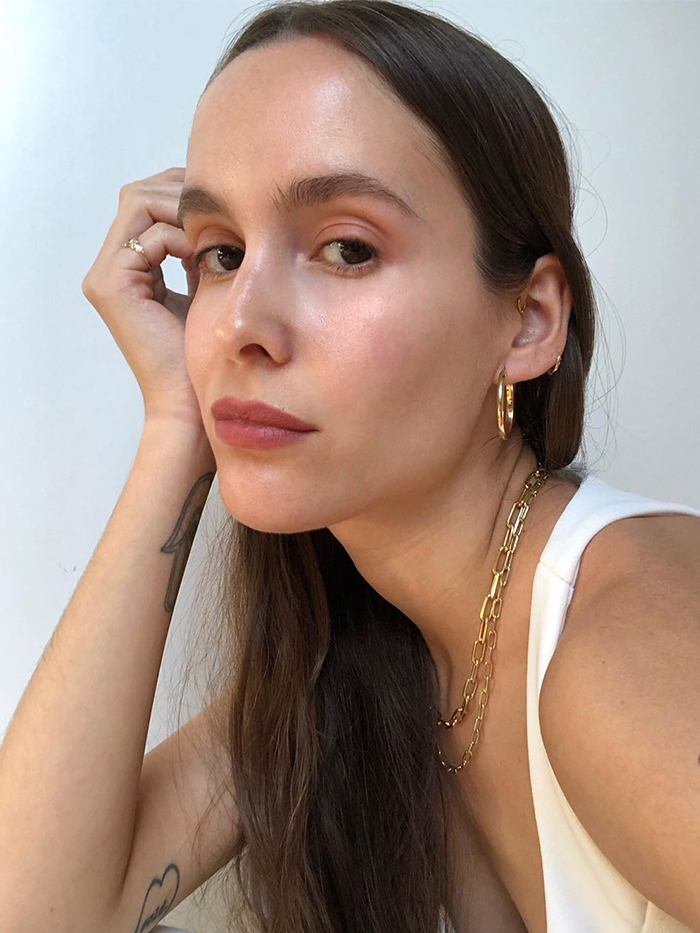
As previously mentioned, there are certain ingredients and products that are worth keeping a close eye on. One of those products is SPF. The risks are obvious: If your SPF has gone off, it’s simply not going to work, risking irreversible sun damage.
With that being said, when it comes to SPF, it’s important to ignore hearsay, use your senses and always follow the instructions on the bottle. "There has been a lot of talk in the past that SPF should be used within a year after it has been opened, but this isn’t necessarily the case. Always follow the instructions on the bottle,” advises Marshall.
Shop SPF Replacements
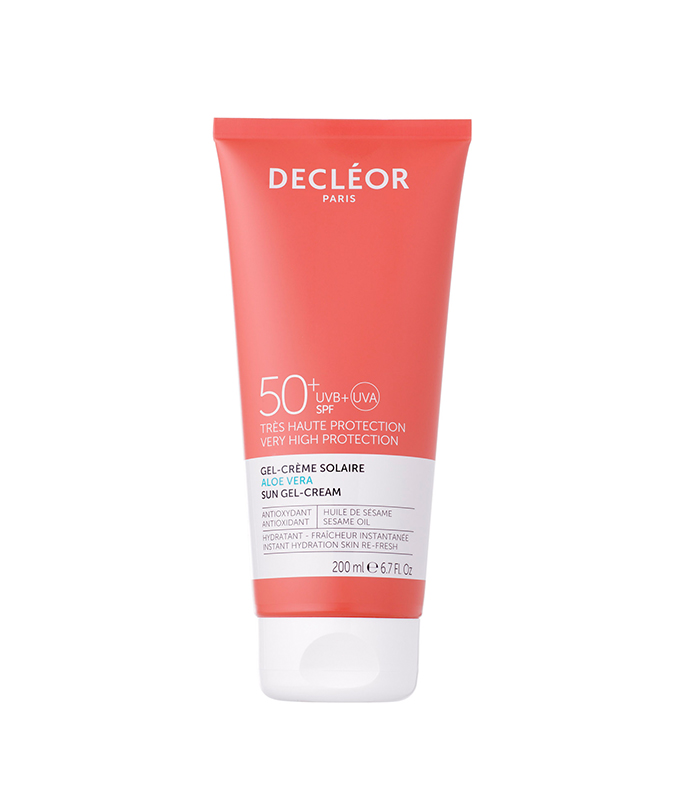
Enriched with soothing aloe vera and nourishing oils, this gel-cream formula leaves skin looking its healthiest.
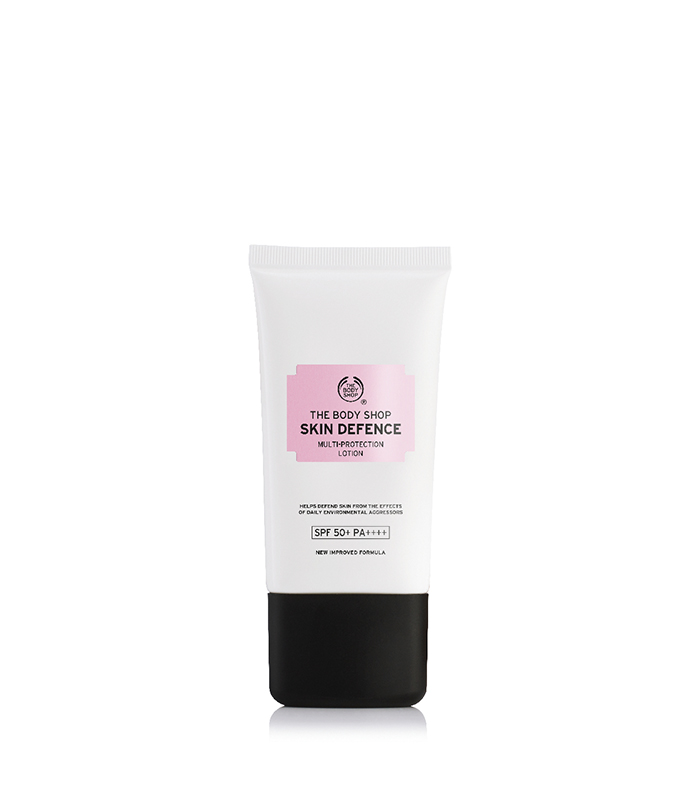
For those that hate the feeling of SPF on their skin, I highly recommend this protective moisturiser.
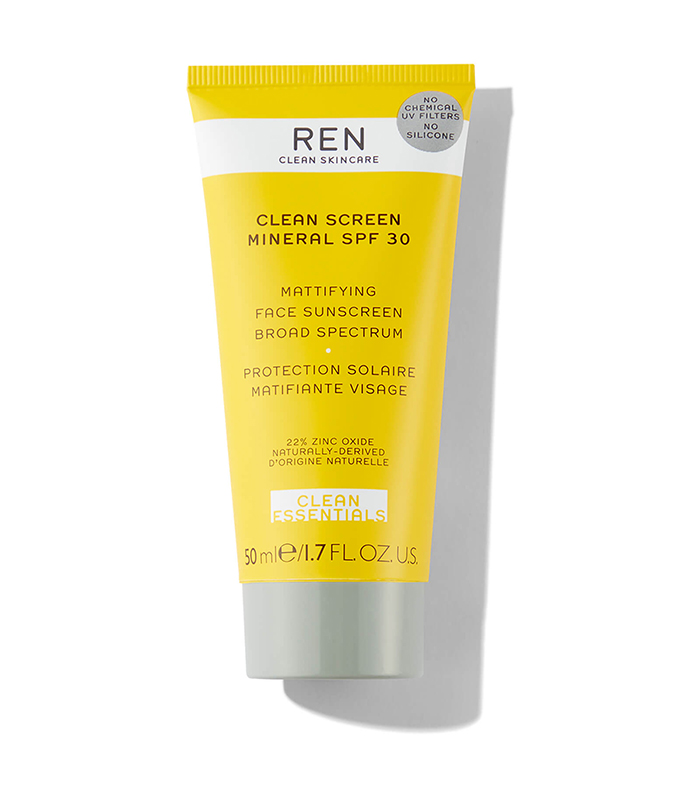
This matte-finish formula is ideal for those with oilier skin types.

Not only is this spray-on SPF totally mess-free, it also smells absolutely incredible.

Almost like a second-skin, this lightweight facial SPF comes with serious protection.
Natural Products Have a Shorter Shelf Life
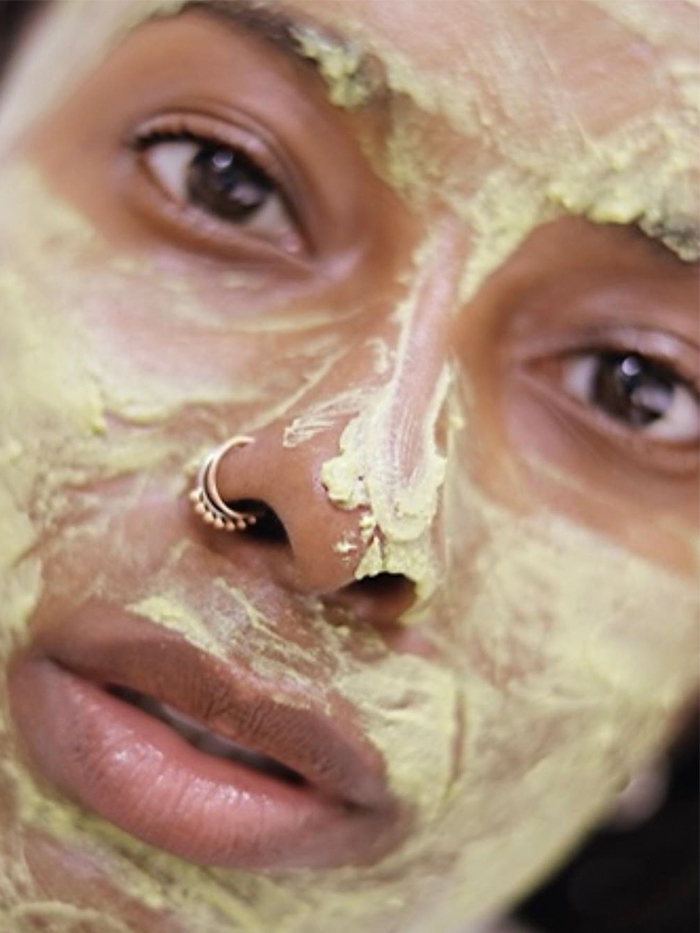
Something that I personally don’t think is made clear enough when shopping for natural beauty, is that products formulated without synthetic stabilisers and preservatives do tend to have a much shorter shelf life. This means they usually require more attention than some of the other products in your collection. For example, if you’re used to a moisturiser lasting 18 months before it starts to turn, be prepared for a natural cream to go off after just six.
"Natural products often have a shorter shelf life, so pay attention to use-by dates. Beyond that, always check for separation, oxidation and odour as these can surface prior to the date given,” explains Marshall.
Shop Natural Skincare Replacements
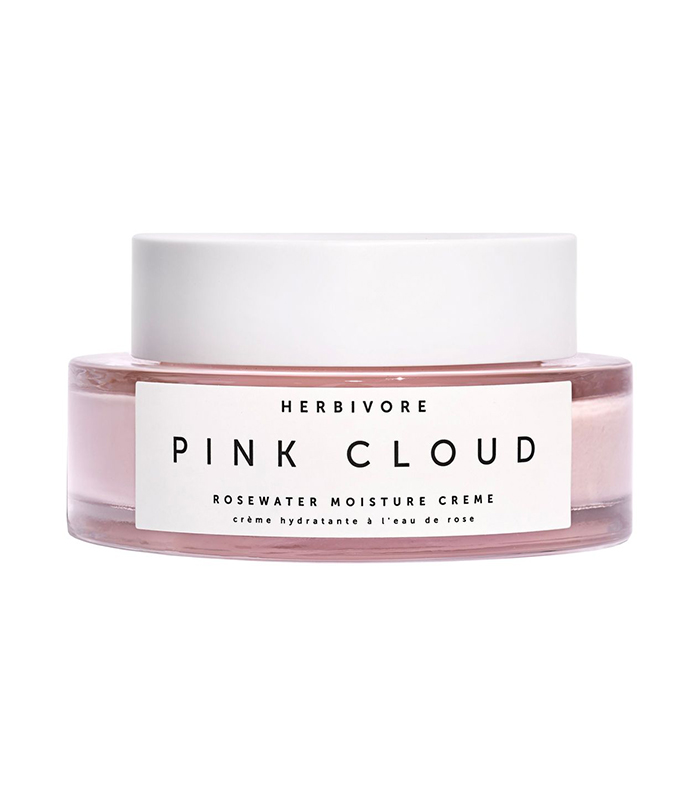
This rosewater-based moisturiser is so nourishing yet lightweight, it’s sure to become a favourite.
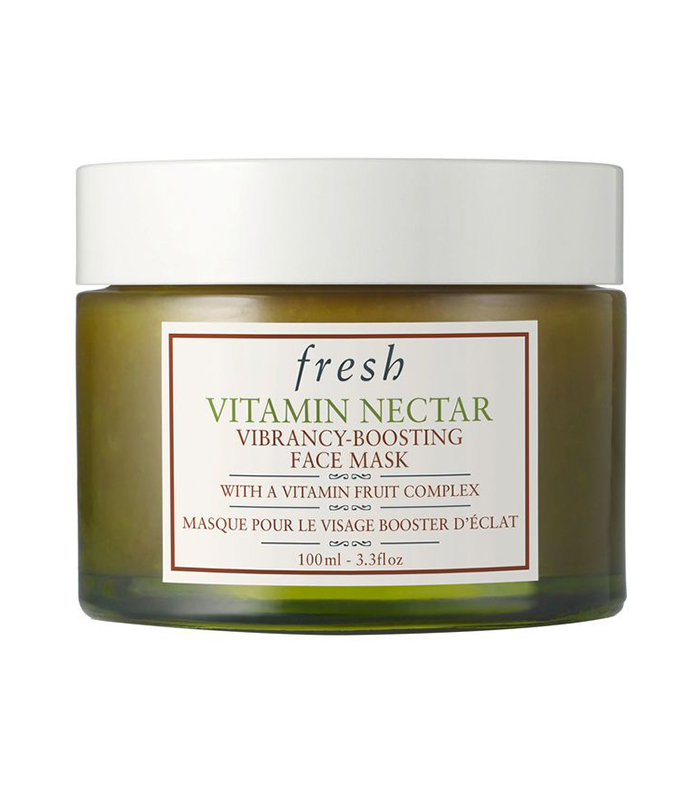
As far as natural face masks go, this is one of the most brightening and invigorating around.
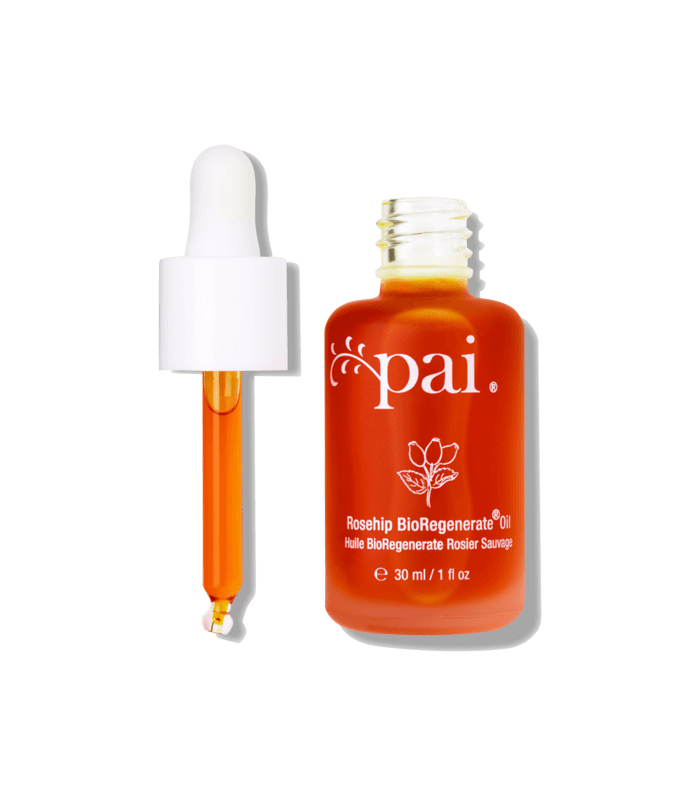
Rose hip oil is supposedly one of nature’s great skin gifts thanks to its clarifying and firming properties.
Vitamin C Doesn't Stick Around for Long Either
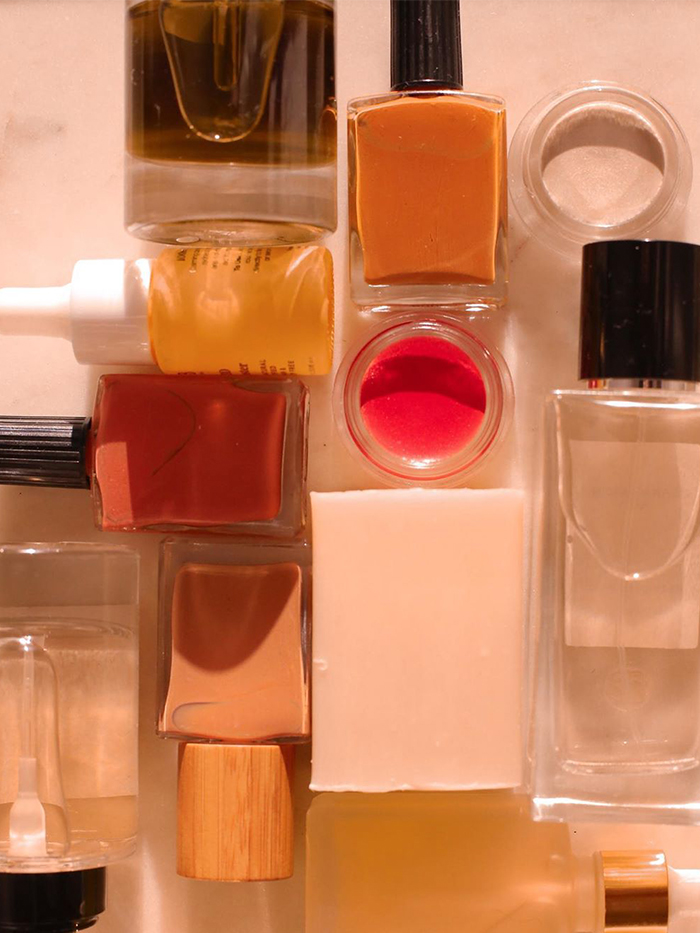
When it comes to beauty product expiry dates, vitamin C is probably the most talked-about ingredient. But why? Well first of all, vitamin C isn’t cheap. In fact, experts advise that it is one of the most important ingredients in skincare if you’re serious about protecting your skin from environmental aggressors and ageing. It’s also highly, highly unstable. This means that the £100 bottle of vitamin C serum in your cupboard that you swear by is actually only likely to be good to use for a few months.
Dr Dhillon explains, "High-quality vitamin C serums have the shortest shelf life. They have to come in bottles that prevent sunlight destabilising the product and making it ineffective.” So what actually happens when vitamin C is exposed to light and air? "There’s not much risk, but it isn’t going to benefit the skin anymore,” says Dr Dhillon.
So, before you spend big bucks on a powerful vitamin C serum, ask yourself if you think you can get through the bottle before the labelled best before. If you’re unsure, why not opt for single-use encapsulated products that keep the ingredients at their most efficacious?
Shop Stable Vitamin C Formulas
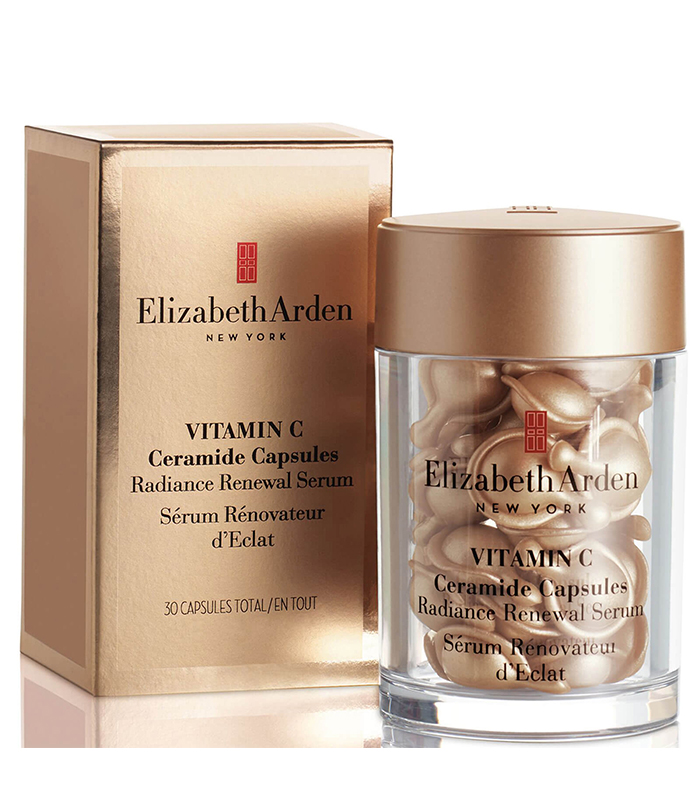
Formulated with skin-loving ceramides, these capsules are great for those with dry skin.
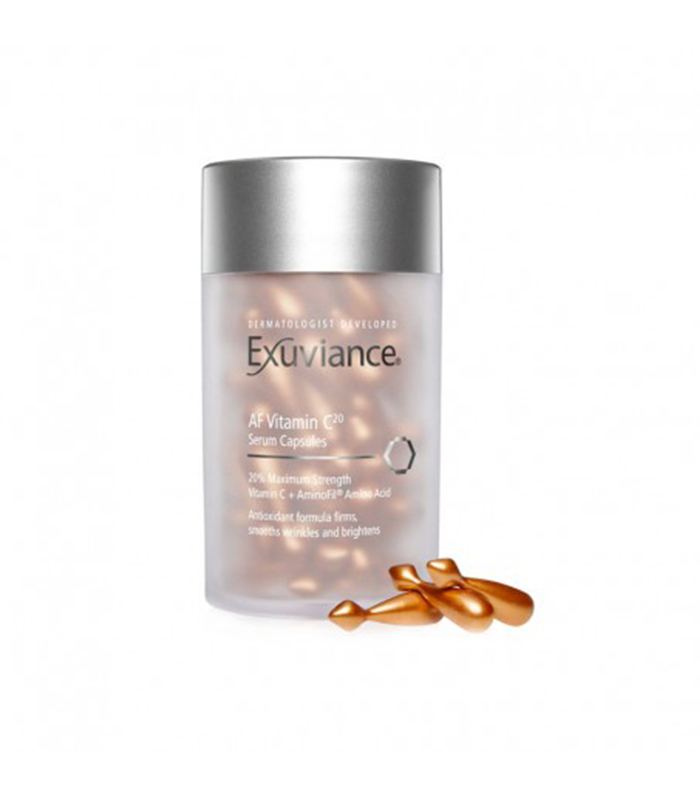
This oil-free formula is non-comedogenic, meaning it won’t leave you with blocked pores.
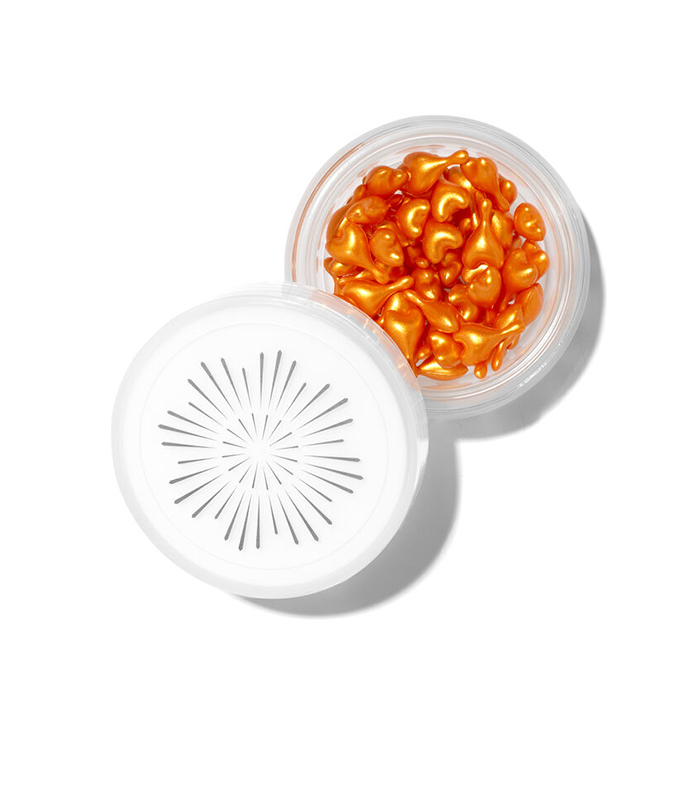
Alongside sweet almond oil and vitamin E, this vitamin C formula will leave skin glowing.
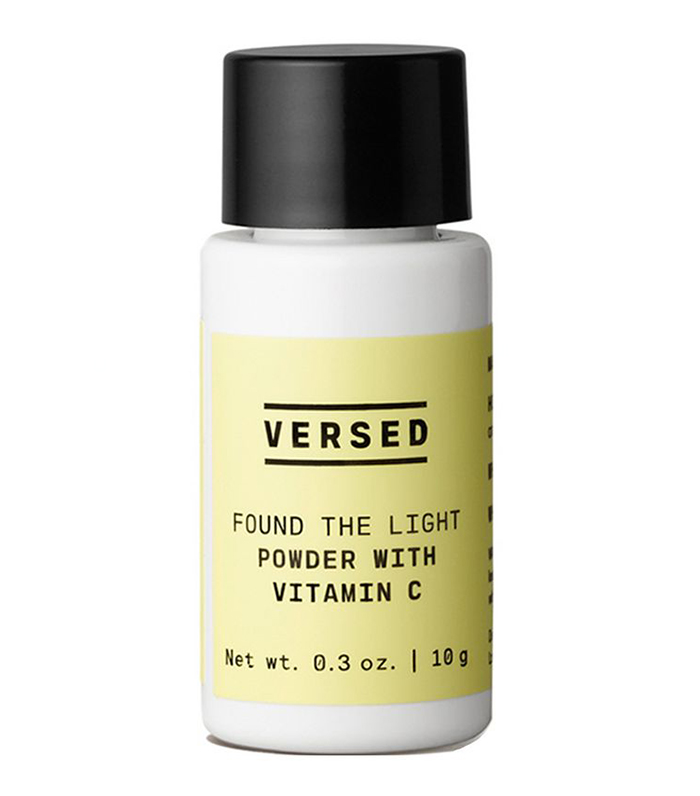
Through using powder instead of a water-based liquid, this stable vitamin C formula can be mixed into just about any other product you wish for next-level glow.
Retinol and Acids Require Special Attention
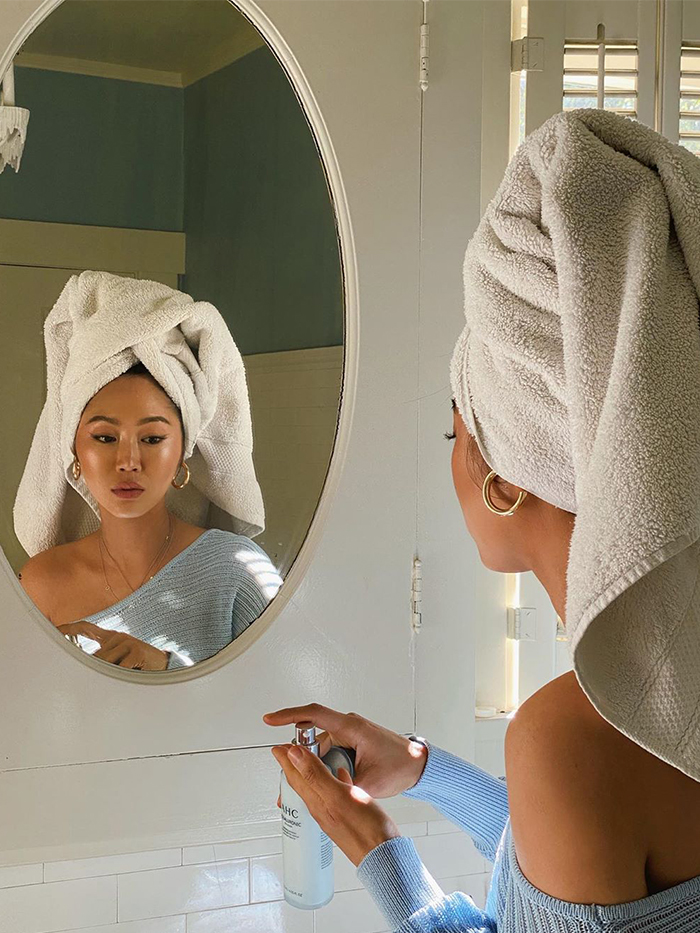
Finally, this is the part where knowing whether or not your products are off becomes really important. When seriously active and abrasive ingredients such as acids and retinol start to turn, it’s likely your skin will know about it. "Retinol needs to be kept in a dark, cool and dry place,” advises Marshall. But why?
It turns out that unlike vitamin C, retinol and acid products can cause further damage when they become unstable. Dr Dhillon reveals, "Retinol or products containing acids are important to check regularly. If they become destabilised they can be extra harsh on the skin unnecessarily.” To know whether or not your products are safe, check for musky smells and yellowing, advises Dr Dhillon.
Shop Retinol and Acids Replacements

Natural but seriously powerful, this exfoliating acid concoction means business.
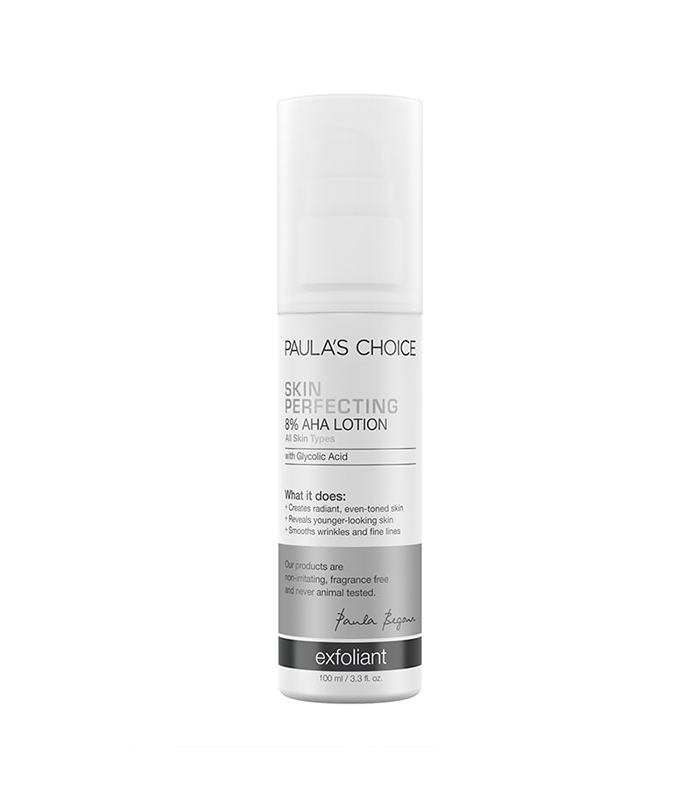
This glycolic acid lotion is easy to use and is sure to leave skin softer and glowing.
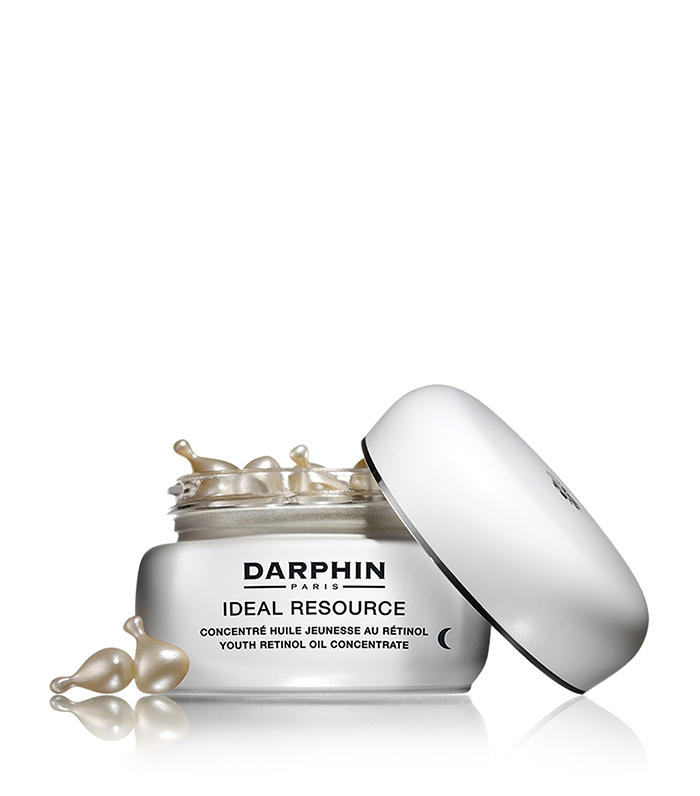
Keeping retinol encapsulated is the best way to protect its stability and guarantee potency.

This AHA booster can be added to your skincare routine whenever your skin is looking dull and lacklustre.

Yes, you read that right. This powerful retinol serum will only set you back £6, and it’s seriously impressive.
Next up, these glow-giving products always have people asking me if I’ve been on holiday.
Shannon Lawlor is the beauty director at Who What Wear UK. With over a decade of experience working for some of the beauty industry’s most esteemed titles, including Marie Claire, Glamour UK, Stylist and Refinery29, Shannon’s aim is to make the conversation around beauty as open, relatable and honest as possible. As a self-confessed lazy girl, Shannon has an affinity for hard-working perfumes, fool-proof makeup products and does-it-all skincare.